What is the difference: Underlayment vs. Subfloors
It does not matter what type of floor you are using. A subfloor will make or break a flooring installation. The subfloor is used for structural or foundational support. The underlayment is actually placed on top of the subfloor to create the foundation for the actual flooring product to be placed upon. An underlayment sits between the structural subfloor and the flooring material. Underlayments absorb the roughness, or imperfections of subfloors, so that the flooring can be installed on top of a smooth, hard surface that will give the flooring material extra support.
Underlayments for soft flooring like carpet are very different from underlayments for hard surfaces. Be sure to understand the varieties and different uses of underlayments when choosing materials for your floor covering project.
Underlayment and subfloors the most important aspect of any flooring project for residential and commercial settings. Proper selection and installation of underlayments and subfloors is crucial to the proper wear and stability of any flooring.
Without a good subfloor and underlayment, the best resilient product in the world may suffer a failure. Why? Resilient flooring is not a thick material like carpet. It’s thin makeup makes it a prime target for a number of problems that originate below, including separating structural joints, improperly placed nails, and moisture.
Resilient flooring
Without a good subfloor and underlayment, the best resilient product in the world is vulnerable to failure. The reason? Resilient flooring is not a thick material like carpet. It’s thin makeup makes it a prime target for a number of problems that originate below, including separating structural joints, improperly placed nails, and moisture.
The most common underlayments for resilient include hardboard, plywood, oriented strand board (OSB) and particleboard. Let’s take a look at each:
Hardboard
This material consists of wood fibers that are packed tightly together. Often, nails cause the fibers to bounce up and around the nailhead, causing a bump, making it necessary to predrill nail holes. Resilient flooring manufacturers frown on hardboard, and it is becoming tough to find this material, but it does provide a good, hard and smooth surface. On the other hand, hardboard is one of two choices of the Resilient Floor Covering Institute as the best underlayments for resilient flooring. Hardboard is not recommended for areas that contain lots of moisture, such as bathrooms and basements.
Particleboard
Particleboard is a nice, hard, smooth material, but it becomes really vulnerable to moisture. As this underlayment gets wet, its edges will swell and seams will separate on vinyl tiles. If the area to get resilient flooring will be moisture-free, particleboard is a good choice.
OSB
Oriented strand board is an evolution from the waferboard of the 1970s, and is a widely used underlayment for both residential and commercial projects. OSB consists of wood strands bound together to create a strong, stiff materials. OSB is fire and impact resistant and helps control temperatures and sound in the room in which it is installed. On the other hand, the strands of OSB can get larger or smaller according to their individual makeup, causing irregular lines to seep through the thin resilient floor on top.
Plywood
Plywood could be the most widely used underlayment material for resilient, and manufacturers of resilients generally approve the use of plywood as an acceptable underlayment for their product. A popular plywood is lauan, because it has a good history of performance and is available virtually at any supplier. There are three grades available in plywood: BB, which is the highest grade, CC, and Overlay. Be sure, also, to check that the lauan style using the exterior glue is the one chosen for resilient jobs.
Carpet
A great carpet can be ruined by ignoring the padding installed underneath. Worse, a manufacturer’s warranty may be voided if padding guidelines are not followed. Make sure the right padding is selected for the right carpet project. Here’s a review of the various types:
Rebond
Rebond is perhaps the most widely used padding in the flooring industry. A good installer will match the thickness of rebond padding with the type of carpet to be installed, based on the anticipated level of traffic in that room. Rebond is made from high density foam that is bonded together to make a variety of densities and thicknesses.
Frothed Foam
While rebond is a popular choice, frothed foam is the newest pad to hit the market and is making a great first impression. Made of densely-packed urethane, the pad stands up under heavy traffic and can be used with any carpet. It also reduces the effects of heavy furniture dents in the carpet.
Foam
Made from urethane, foam padding is a good performer, but not in high traffic areas. The foam allows air to be trapped under the carpet, and lots of traffic will bounce the carpet against the foam and eventually damage the carpet’s backing.
Waffle Rubber
Most of the thickness in waffle rubber padding comes from trapped air. It can be too soft of an underlayment for heavy traffic areas, because both the rubber and the carpet will eventually be damaged after the padding begins to break down.
Slab Rubber
If a rubber carpet padding is desired, slab is superior to waffle, because the single density and makeup of the material stands up under pressure for a much longer period of time. Slab is a great choice for high traffic areas.
Fiber
Fiber is mostly used for commercial and some berber carpet choices. The material is made from a nylon that is spun into the underlayment and create a high-density product. The installer should choose a density of fiber padding that best matches the carpet.
Moisture Barriers
It is possible to purchase a moisture barrier to be placed between the carpet and the padding. The selling point is that moisture barriers are meant to protect the padding from moisture that seeps through the carpet, mostly from liquid spills. If you pick a good carpet, you probably don’t need a moisture barrier, because good carpets have a plastic lining in their construction, which do the same job as a moisture barrier. If you choose a froth foam padding, it also contains its own version of a moisture barrier, making a separate purchase unnecessary. Simply ask your supplier about the makeup of the carpet and padding you choose and determine for yourself if the moisture barrier is needed.
Wood and Laminate Floors
The best way to start this section is to review what wood and laminate underlayment is NOT. It is NOT the same as carpet padding, and using carpet padding on wood and laminate projects will NOT give a softer feel to the customer when he or she walks on top of their floor. When choosing your hardwood or laminate floor underlayment, make sure to review what is acceptable by the manufacturer, so that the warranty is not voided by using an unapproved material. The four most popular wood and laminate underlayments are:
Standard Foam
This is the most common type of underlayment for wood and laminate, and it is a thin piece of foam that is placed on top of the plywood or concrete subfloor. Standard foam underlayments are best in areas where moisture will not be a factor. For areas that are prone to moisture, standard foam is not a good choice, unless you want to partner it with a moisture barrier.
Combo
Made from a combination of film and combustion foam, this underlayment is a good choice for projects that have to consider moisture rising from the subfloor. This material can be used over concrete or plywood. Combo underlayments are simply foam underlayments with a sheet of moisture barrier already attached.
Upgraded
Just as the name implies, an upgraded wood or laminate underlayment is a high quality foam product, but which may be made from a tougher material such as rubber or fibers. Upgraded unerlayments are popular for projects needing a good bit of sound deadening between rooms. Upgraded underlayments do not reduce the sound of traffic walking on the hard surface, which is commonly a misconception with this product.
Cork
This is an expensive choice in underlayment, but one that is preferred if the customer is looking for a really high level of noise reduction between floors. Cork does not increase the comfort of walking on hard surfaces and will not reduce the sound of traffic walking on the floor in the same room. Cork can also be used to raise the level of the sub floor to make the various floors of a home the same height.
INSTALLATION
Any underlayment and subfloor can be tricky to install and could cause failure of the flooring material if not done properly. For instance, certain types of patching compounds must be used with certain underlayments. Nail holes are sometimes filled and sometimes not. Sunken edges must be filled, but in a certain way. At all time, manufacturer warranties for the flooring material must be considered when installing the underlayment and subfloor.
Information obtained from INSTALL.
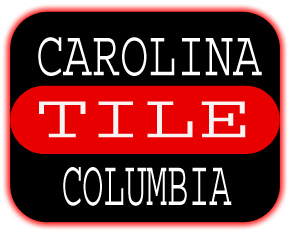
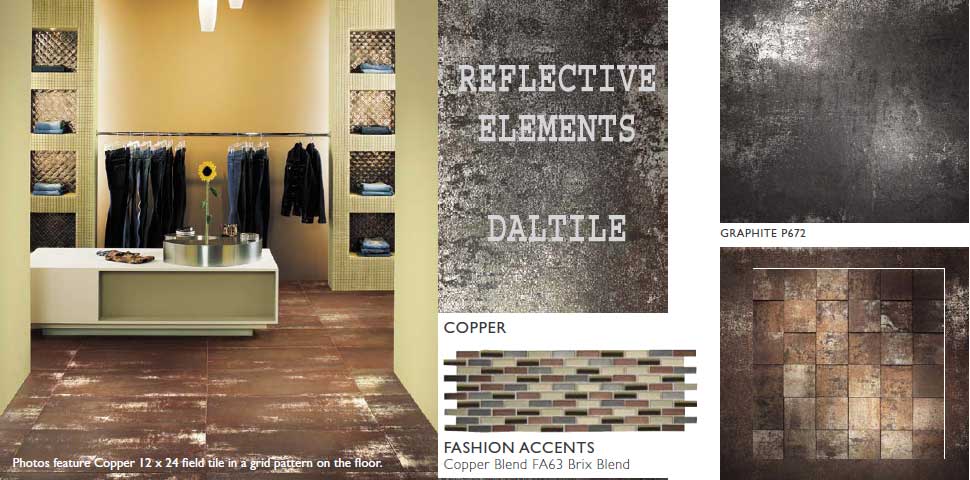
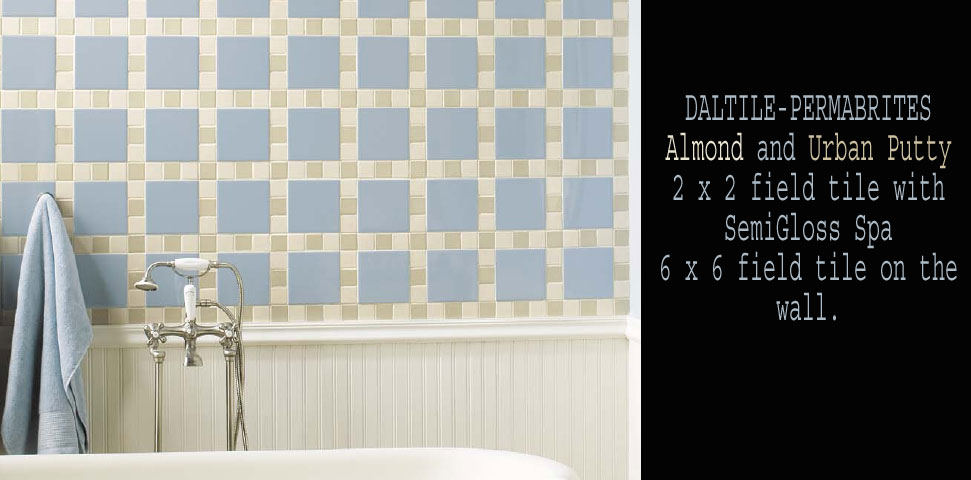

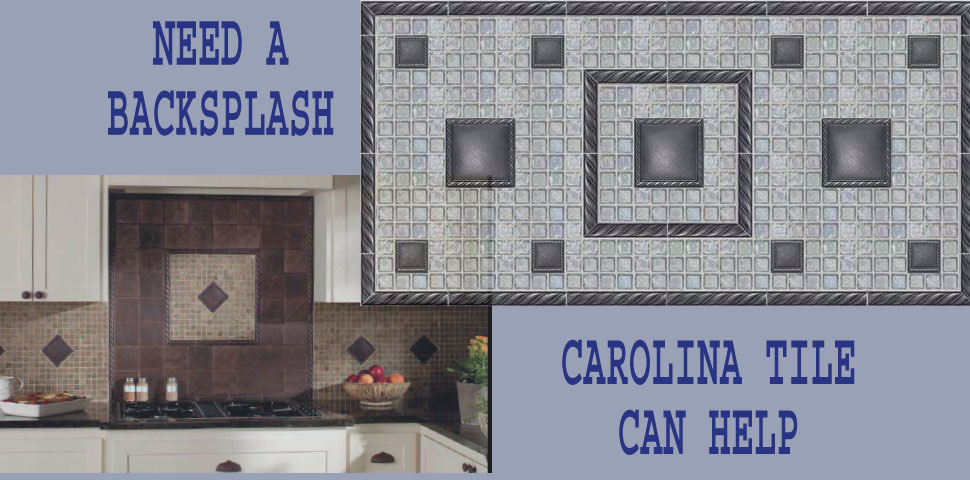
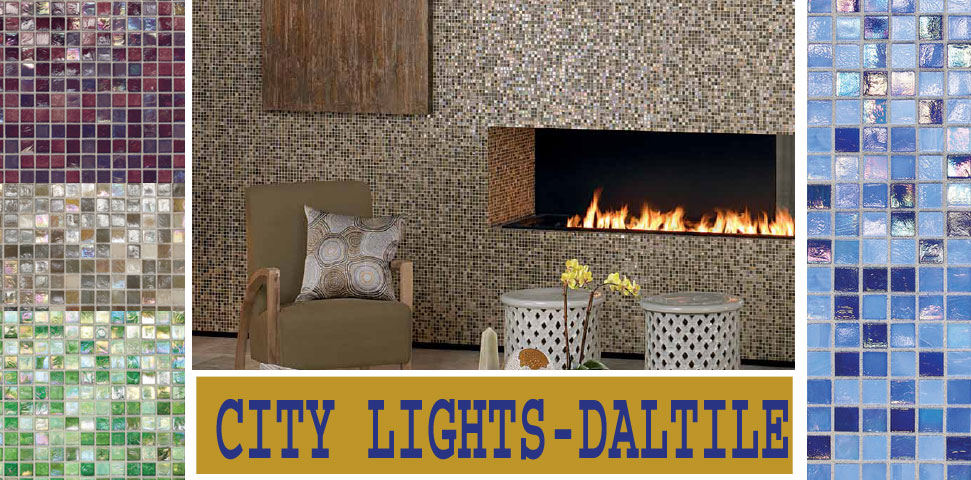
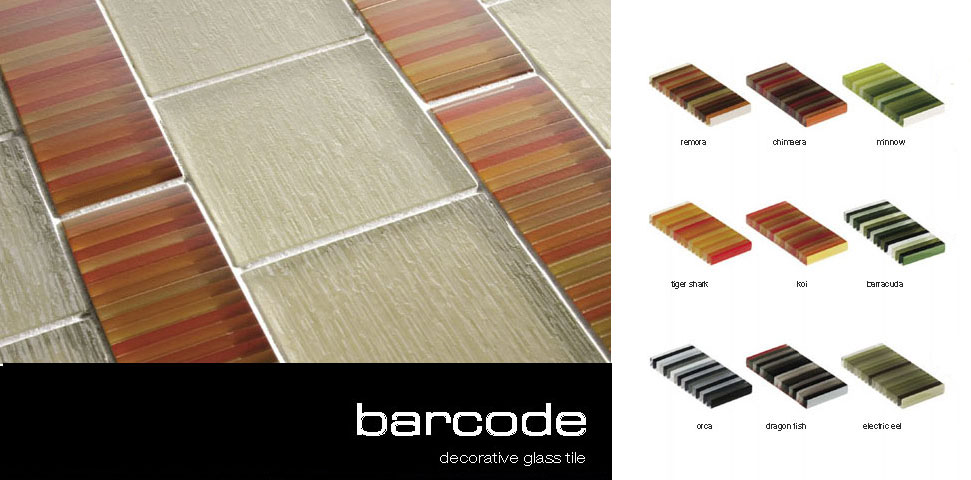
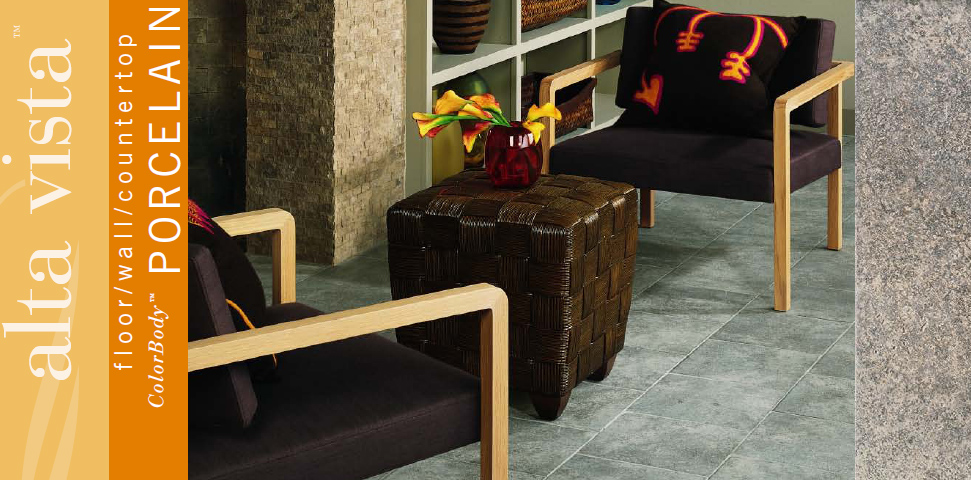
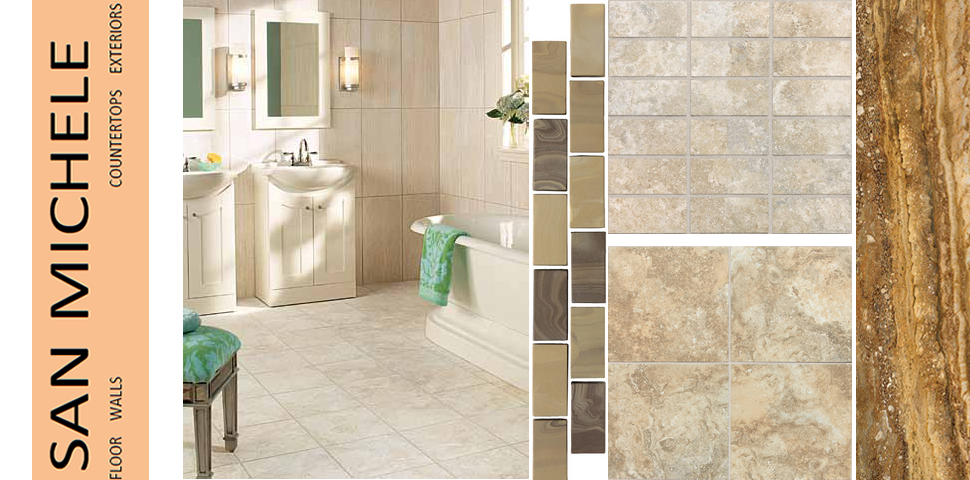
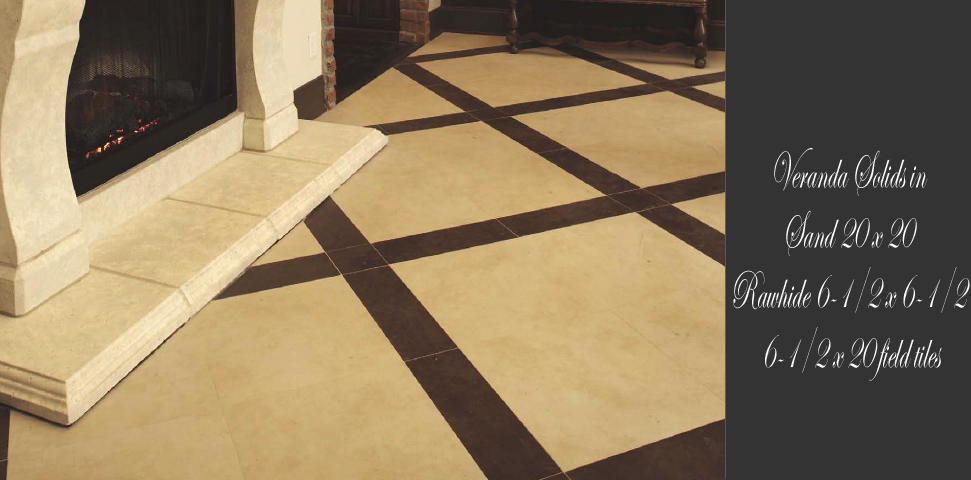
 Share Article
Share Article 